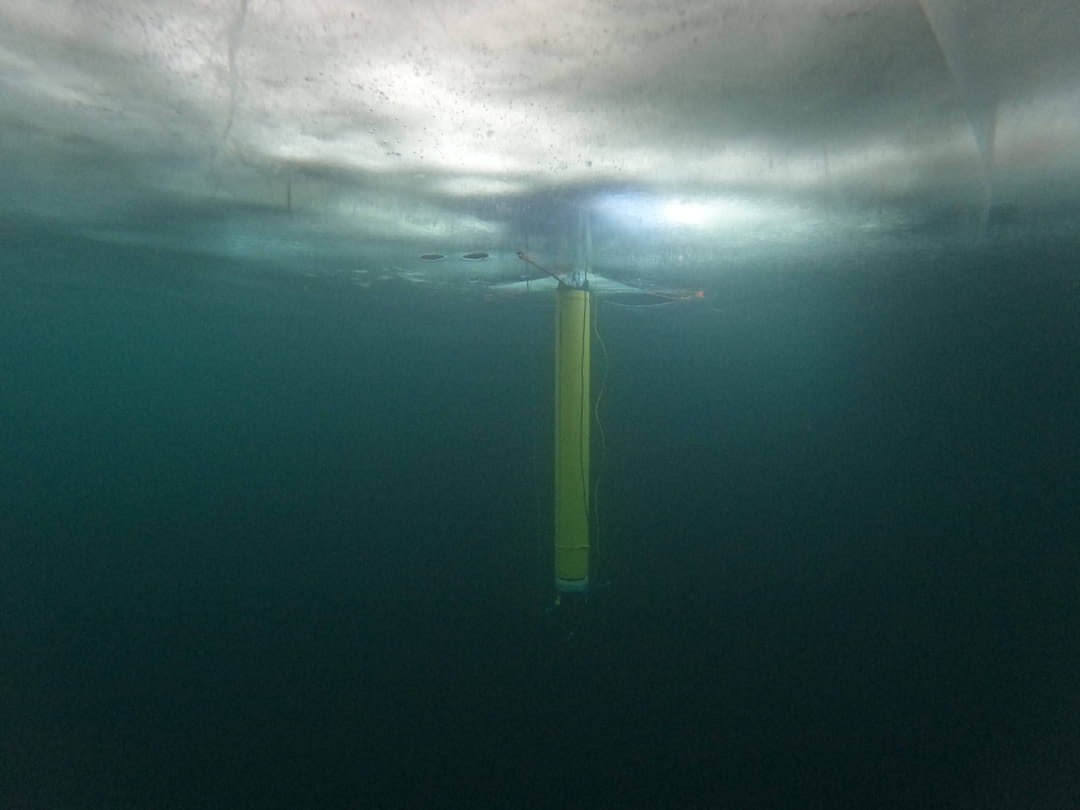Coastal cities are threatened by rising sea levels. NASA aims to assess the imminence of the danger.
With global warming, sea levels are rising dangerously. The IPCC already predicts, according to different scenarios, a rise in water levels of between 0.44 and 1 meter by the end of the century. This could become worrying for coastal cities. That’s why a team of NASA scientists is developing autonomous underwater robots that can travel to the depths of Antarctica’s ice shelves. The “IceNode” project plans to launch around ten which will be guided by the currents and will be directed by software to Antarctica before settling on the ice.
“These robots are a platform for bringing scientific instruments to the hardest-to-reach places on Earth,” IceNode principal investigator Paul Glick said in a press release. Once there, the robots will monitor how quickly warmer, salty seawater melts the ice and how quickly cold meltwater sinks.
The study is expected to last approximately one year. The data will be transmitted by satellite. There is no precise date yet for the deployment of the robots, with tests still to be carried out, but the project is on very good track.

The goal is “to help scientists calculate the rate at which the frozen continent is losing ice and the rate at which this melting could lead to a rise in sea levels on a global scale,” the press release specifies. Recent studies suggest, in fact, that the melting of the ice could take on truly worrying proportions, having already been much faster than expected.
Forecasts for the coming years could therefore also be underestimated. If the Antarctic ice sheet were to melt in its entirety, it would cause sea levels to rise by around 60 meters, a catastrophe for coastal cities.
Faced with this threat, this data is therefore becoming more and more urgent. A recent study published in the journal Nature Cities has, moreover, alerted to the delay in adaptation policies in the face of this danger in cities located near the sea or in estuaries around the world. The results reveal that anticipation is “slow”, not taking enough into account “future” patterns. “Most adaptations are not based on in-depth consideration of future developments in the exposure and vulnerability of people, infrastructure, ecosystems. (…) This leads to biased assumptions about risks,” lament the authors of the study.
